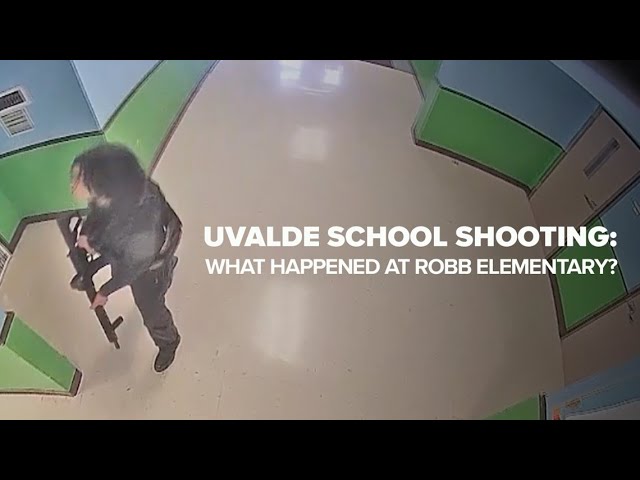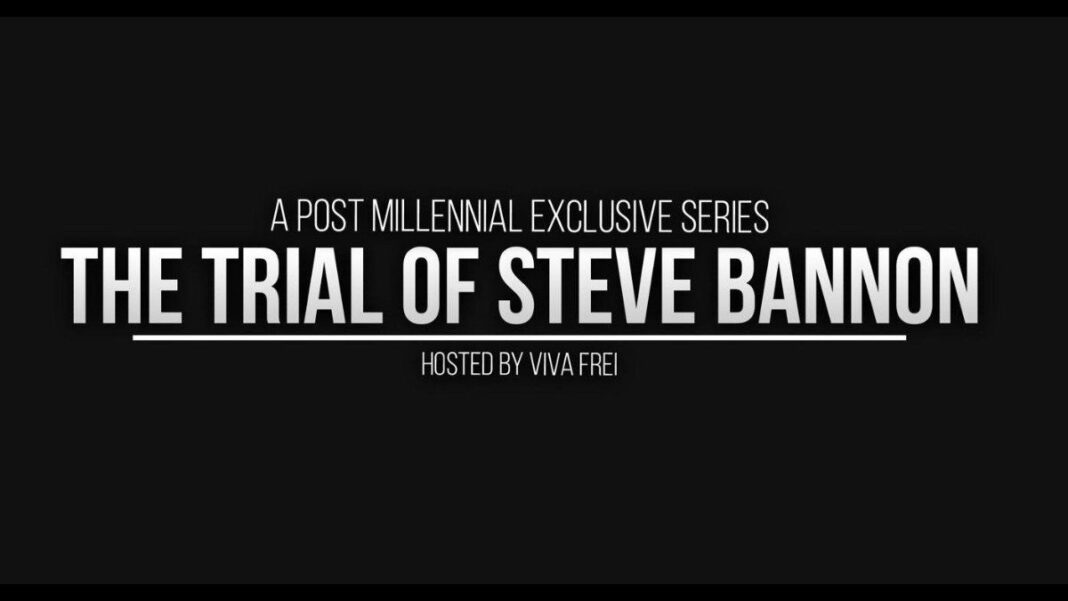At Charlestown High School in the city of Boston, certain teachers instructing students learning English who recently arrived in the United States may be indoctrinating these children to incite violence as a form of resistance to their alleged oppressors, according to experts.
The “classroom files” of three of the school’s teachers in the Sheltered English Immersion program are currently available for download on the Boston Teachers Union (BTU) website. These teachers teach Humanities to ninth- and tenth-grade students who have recently arrived in the country from El Salvador, Honduras, Guatemala, the Dominican Republic, Haiti, and China, the website states.
One part of the curriculum profiled on the website involves “notes and assignments around oppression, resistance, and narrative structure.”
“It includes detailed note-taking sheets and powerpoints on institutional, interpersonal, and internalized oppression,” the BTU website states. “Students are invited to critically examine when certain forms of resistance might be appropriate.”
A worksheet titled “Forms of Resistance” is included as an example of what’s taught in the course.
The first page of the worksheet identifies three types of oppression as “Instituional [sic],” “Interpresonal [sic],” and “Internalized,” and then lists examples of each. One example of oppression at the institutional level was identified as, “Trump builds a wall on the border so it is harder for Latinos to enter the US.” At the interpersonal level, an example was, “A husband tells his wife she must stay home to cook and clean.” An example of oppression at the internalized level included, “An Asian girl hates her eyes, she thinks she is ugly so she gets surgery to change them.”
Students were next asked to “list different forms of resistance for each level of oppression.”
The following pages of the worksheet with the heading “Forms of Resistance Notes” contained 11 rows identifying 11 types of resistance that could be employed to end certain forms of oppression. The column on the far left contains pictures identifying each type of resistance and students are made to name the type of resistance in the next column. Next, students are meant to fill in the blanks in the column that provides the “explanation” for each form of resistance. In the last section, students are to choose which of the three levels of oppression—institutional, interpersonal, or internalized—that the type of resistance was “most effective at ending.”
By J.M. Phelps







